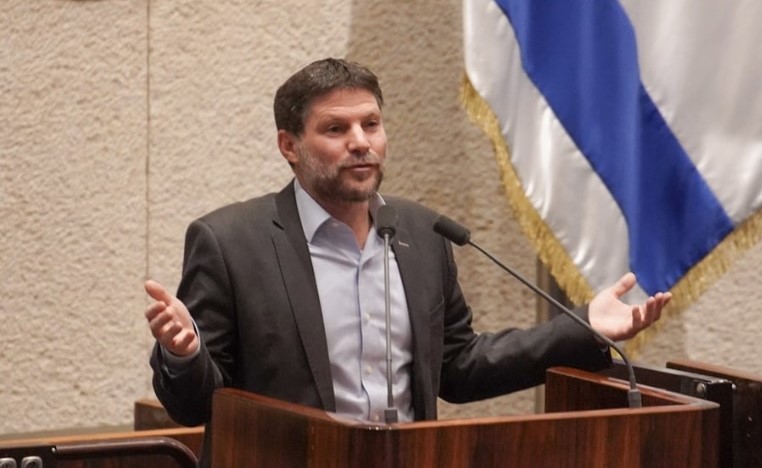President Donald Trump wants to add solar panels to his long-promised southern border wall — a plan he says would help pay for the wall’s construction and add to its aesthetic appeal.
“We’re thinking about building the wall as a solar wall so it creates energy and pays for itself,” Trump said at a rally Wednesday night in Cedar Rapids, Iowa. “And this way, Mexico will have to pay much less money. And that’s good, right?”
Trump had previously floated the solar panel idea during a closed-door meeting with Republican members of Congress earlier this month, but this was the first time he’d discussed the idea publicly.
“Pretty good imagination, right?” Trump said at the rally, framing the plan as “my idea.”
Not quite.
The notion of adding solar panels to the border wall was explored in a Wall Street Journal op-ed in March. Vasilis Fthenakis, director of the Center for Life Cycle Analysis at Columbia University, and Ken Zweibel, former director of the Solar Institute at George Washington University, concluded it was “not only technically and economically feasible, it might even be more practical than a traditional wall.”
They said a 2,000-mile solar wall could cost less than $1 billion, instead of tens of billions for a traditional border wall, and possibly become “wildly profitable.” The writers were studying a concept laid out by Homero Aridjis and James Ramey in the online World Post in December.
The idea also was proposed by one of the companies that submitted a design to the government as a border wall prototype.
The bid by Las Vegas-based Gleason Partners LLC proposed covering some sections of the wall with solar panels to provide electricity for lighting, sensors and patrol stations along the wall. Gleason said sales of electricity to utilities could cover the cost of construction in 20 years or less, and suggested that power could also be sold to Mexico.
Managing partner Thomas Gleason said he wasn’t sure whether his company was still in the running for the contract, but added, “We accomplished what we wanted to accomplish, and that’s to make the president realize there was such a possibility.”
Department of Homeland Security spokesman David Lapan said nobody from the department had shared the submitted proposals with the White House, though several have been made public by the bidding companies.
But Trump’s comments could raise questions about whether he was attempting to interfere with what is intended to be a regimented contracting process. The government has selected the finalists for contracts to build wall prototypes in San Diego and is expected to announce the winners soon.
During his campaign, the president vowed to build an impenetrable wall along the length of the U.S.-Mexican border out of concrete and steel.
But since his inauguration, he has faced resistance, with Congress unwilling to finance the plan.
Trump has long maintained that Mexico will pay for his wall, even though Mexico has flatly refused. Trump insists that even if U.S. taxpayers have to cover the costs upfront, Mexico will eventually be forced to reimburse the U.S. in some way.
Trump repeatedly described solar power during the campaign as “very, very expensive” and “not working so good.” But he told his audience Wednesday that the U.S.-Mexico border is one of the rare places that “solar really does work” because of the sun and heat.
“I think we could make it look beautiful, too,” he added. “That would be nice.”
Gleason said he has no problem with Trump claiming credit for the idea.
“He can have full credit for it as long as they do a solar wall,” he said.
(AP)












4 Responses
I’m no expert, but can’t solar panels be damaged/broken/smashed? If so, pretty dumb idea.
Great idea!
Another HIT piece on TRUMP by AP. If Obama would have said this, it would have been the greatest Idea and he would have been praised with large headlines….
Trump, however, gets hit hard!!!
Sick!!
Every energy expert has said this is about as stupid an idea that they have encountered. Not only are there issues with placing solar panels on a vertical wall (they would need to be replaced every 5 or 6 years and would only operate with 60 percent efficiency but the cost of building transmission lines to take the power to where it might be used would run into the billions of dollars. Finally, it wasn’t Tump’s idea. Some contractor proposed it several weeks ago in response to the DHS request for proposals.